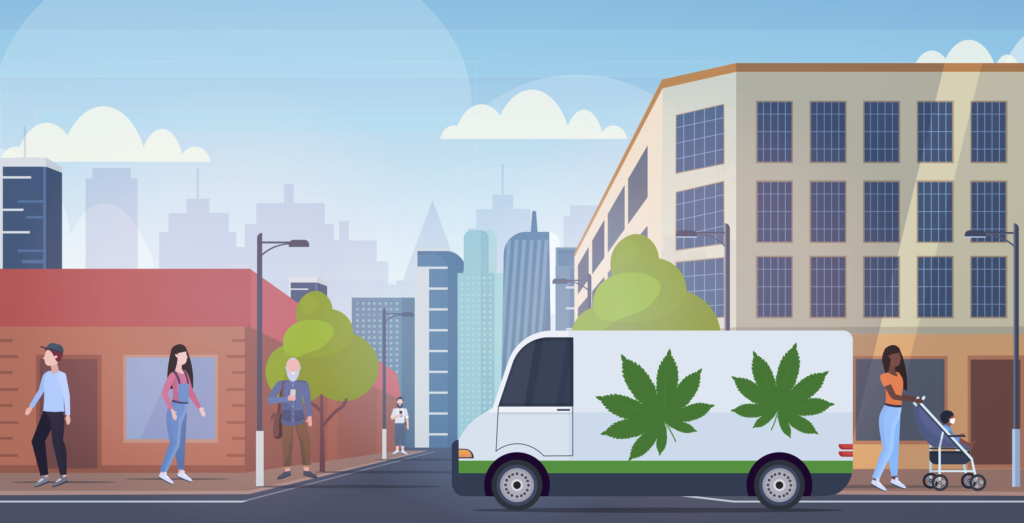When it comes to curing what ails you, the technological age has provided us with ample resources. Whatever your affliction, chances are there is a treatment available, and, in this cybernated world, that remedy can likely be acquired through minimal effort.
But what if your treatment includes cannabis?
It’s important to consider that while a growing majority of voters nationwide support access to medical marijuana, not everyone has the means of access, even in states where it is readily available. The spectrum of diseases, disorders and other ailments that cannabis is used to treat is vast, and it’s safe to assume that not every patient is equipped with the mobility to physically visit a dispensary.
If you’re fortunate enough to live in a state where cannabis is legal for medical or recreational use, you may be in luck. As more states are opting into the legalized market, the demand for cannabis is growing, and companies are working harder than ever to find ways to more easily get their products into the hands of patients.
One of the biggest game-changers in recent years has come in the form of marijuana delivery services, such as those available through Leafly, Weedmaps and MedMen. These services have effectively made cannabis accessible to a large contingent of people who may have previously encountered difficulty in acquiring their medicine.
While this development has clearly been a boon for all individuals who rely on cannabis as a form of pain relief or who otherwise treat illness with the plant, it has also been a long time coming for many living with disabilities.
Since the passing of the Controlled Substances Act of 1970 (CSA), the disability community has grappled with access to cannabis resources, representing a demographic disproportionately affected by its mandates. The legislation contained within the CSA codified marijuana restrictions, effectively driving a barrier between individuals with disabilities and the medicine upon which they relied.
In 1990, the Americans with Disabilities Act (ADA) further imposed regulations, going as far as to exclude those with disabilities who used cannabis from its protections. On the federal level, even individuals living in states with legalized cannabis still had to worry about the implications of ADA legislation.
Fortunately, three decades on, the tide has begun to turn, suggesting that a new era of empowerment and freedom of choice is on the horizon.
According to a 2020 study conducted by Northeastern University’s Institute for Health Equity and Social Justice Research, nearly 95% of dispensaries offered some type of delivery service.
Given this trajectory, it’s finally possible to envision a point in the near future wherein every patient, regardless of location, will live in a service area for cannabis delivery. Eventually, cannabis consumers nationwide will be able to simply type “dispensary near me” into their preferred search engine and instantly access the shop or product they desire.
The importance of this development cannot be overstated. While positive strides are undeniably being made toward inclusion and equality within the cannabis industry, the degree to which these efforts will ultimately be deemed successful will depend on how much freedom is afforded to the most vulnerable within our society.
To find out more about the laws governing cannabis in your state, check out NORML’s handy interactive map.




